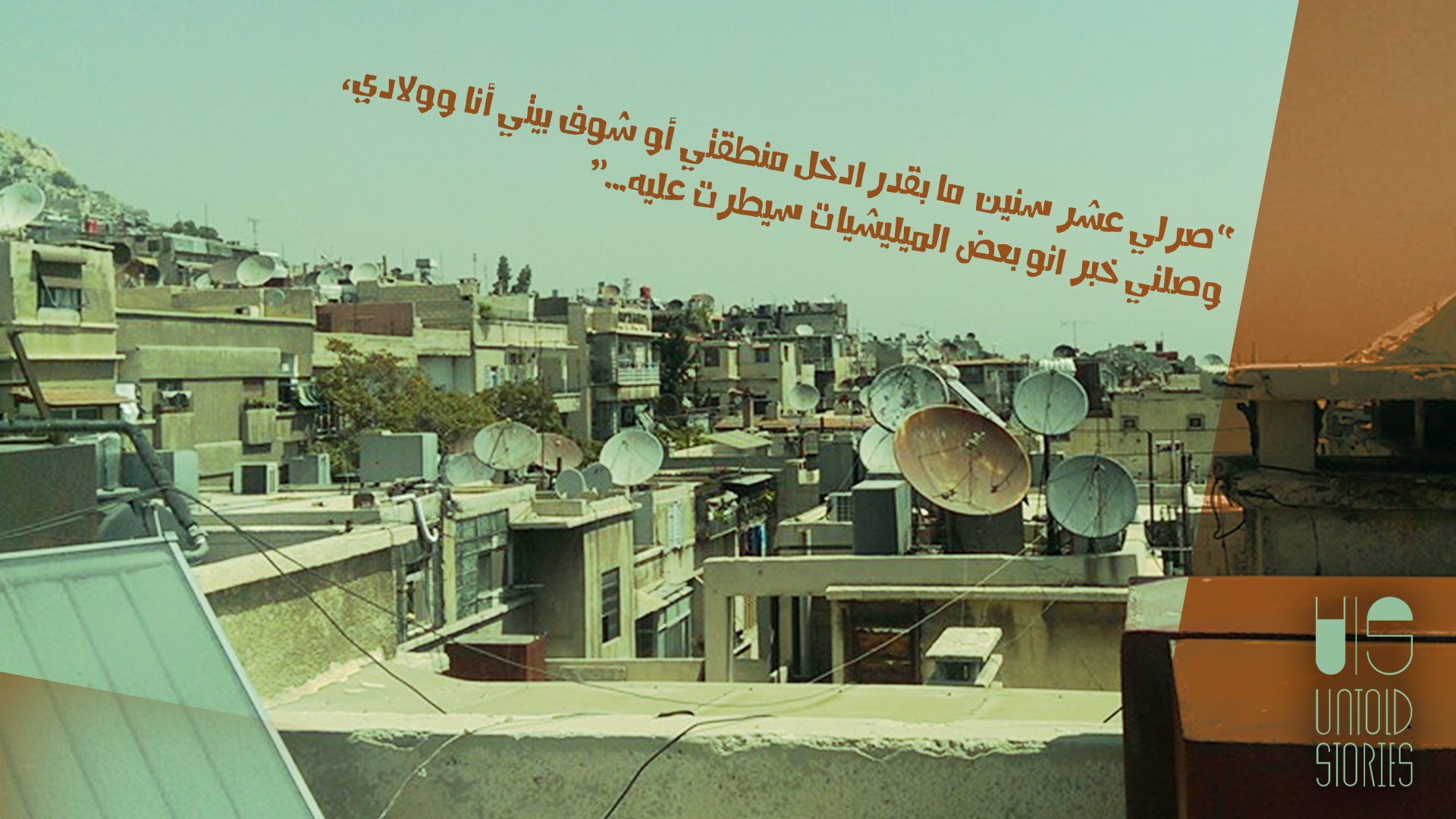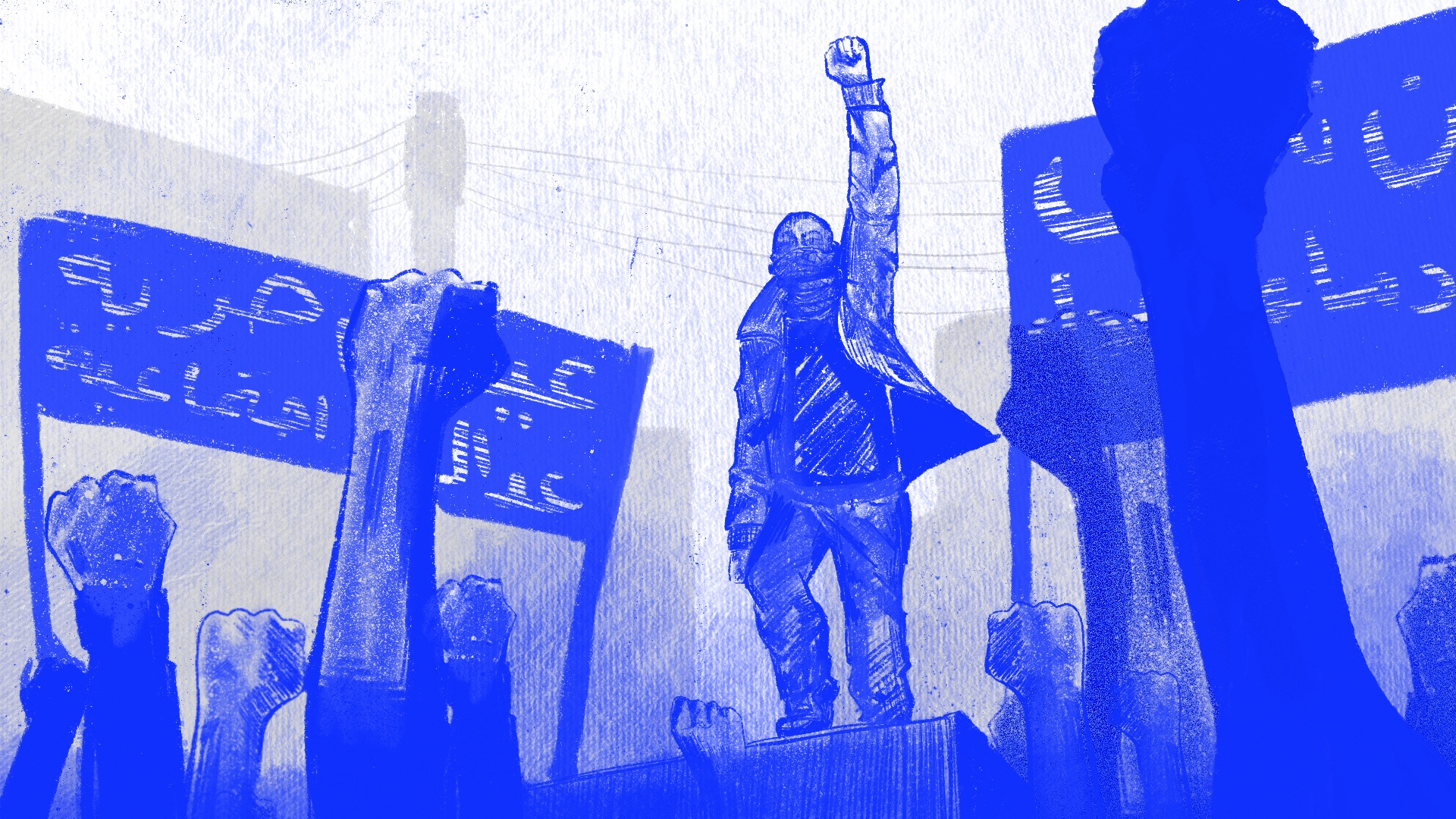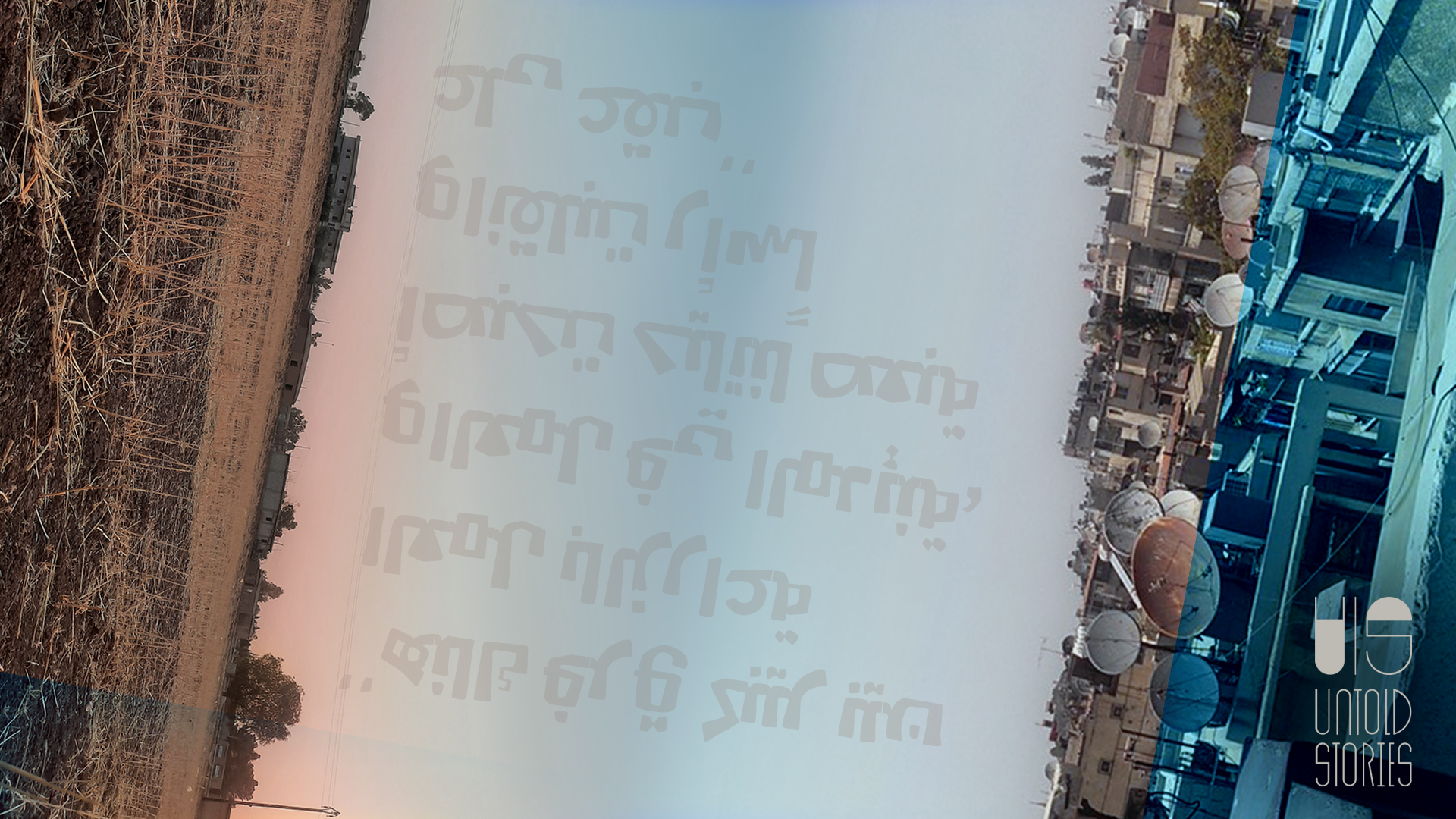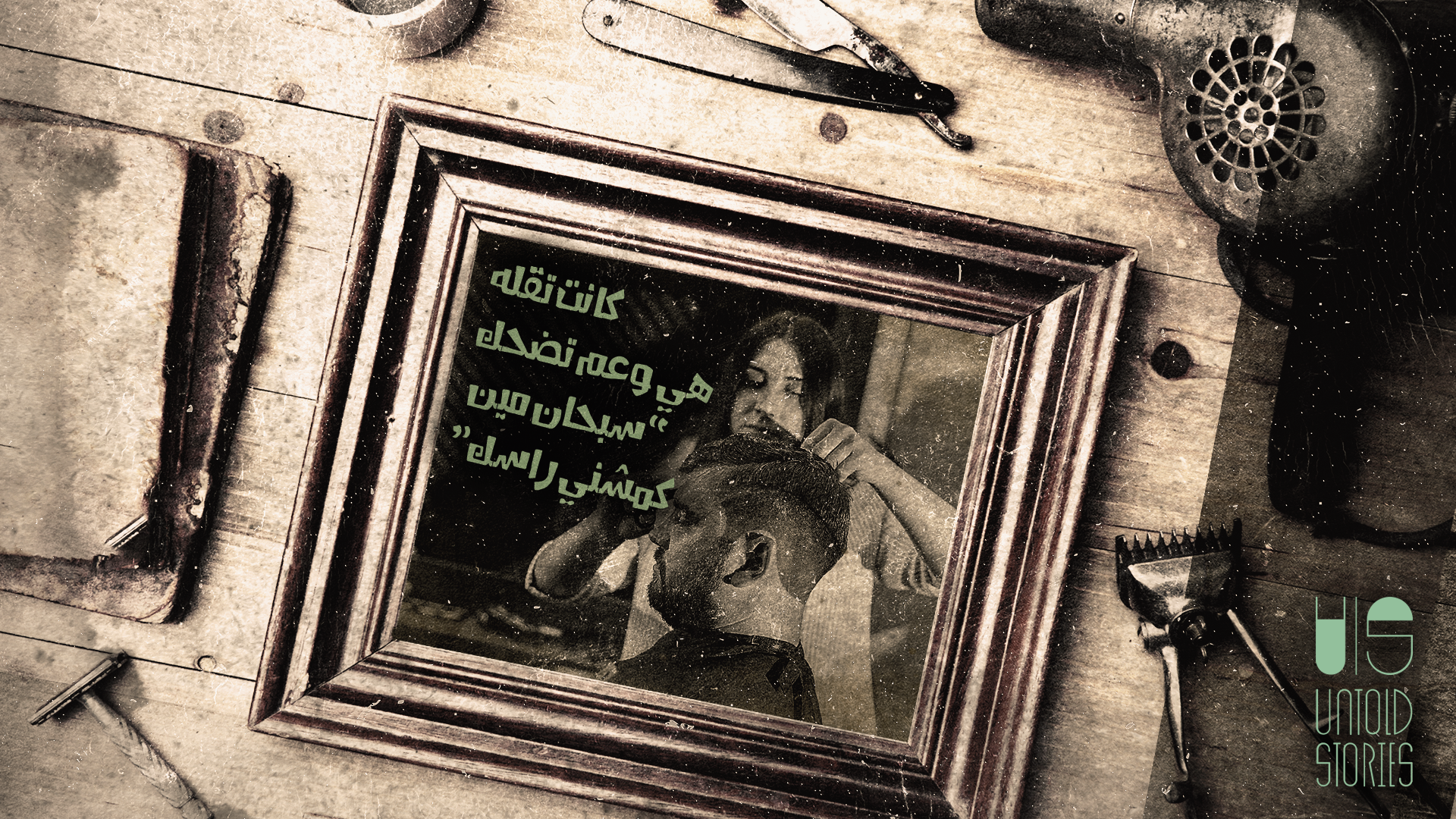“This article was produced within the project «Empowering the Next Generation of Syrian Women Journalists» in partnership between the «Syrian Female Journalists Network» and «UntoldStories». This article was produced under the supervision of journalist Alaa Mohammed.”
“We import second-hand clothes from Europe to Turkey and transport them into Idlib through the Bab al-Hawa border crossing, adjacent to the city of Idlib,” says Nbehan Al-Nbehan, a clothing seller residing in Idlib. “Here, we sort and arrange the items before selling them. The prices of the pieces vary according to their quality and cleanliness.”
Used European clothing stores (thrift shops) are widespread in all areas of northern Syria, including cities and rural areas. There is even a specific weekly bazaar for each city. For example, on Wednesdays, there is a bazaar in the city of Idlib, on Saturdays in the city of Ariha, on Sundays in the city of al-Atarib, and so on. Additionally, some women sell from home by advertising on social media and delivering purchased clothes to certain locations.
According to Al-Nbehan, the thrift shop is divided into two sections. The first is new, unused clothing, and the second is used clothing, which is more affordable and popular among the residents during the selling seasons, as it suits the income levels of the people in northern Syria.
“Contrary to common belief, clothes in thrift shops are not necessarily old and worn out; some are from well-known European brands, with high-quality fabrics and great designs. A significant amount of these clothes has been worn only once or twice,” Al-Nbehan informs us. He emphasizes that customers of used clothing are not limited to the lower-income class, who use them for their annual clothing needs. They also include affluent customers who desire to buy pieces from major international brands.
The spread of second-hand clothing in Syria dates back to the 1980s, entering the country through Lebanon. However, it did not gain significant popularity at that time compared to today. Over the past years, its markets, sales, and demand have grown, becoming the sole solution for acquiring good-quality clothes at affordable prices.
Abu Mohammad, a man in his fifties who has been working in the trade of used European clothing for around 35 years, believes that “the golden era of thrift shops was in the 1980s. Back then, these European-sourced clothes filled a significant gap in the Syrians' need for clothing because the local industry was limited at that time. However, today there is an increased demand for second-hand items due to economic hardship and an increased number of displaced individuals who left their homes due to the war, leaving everything behind, including their wardrobes.”
Thrift shops meet the need
According to Abu Mohammad, the location of the thrift shop has also changed in Damascus. In the past, it was situated in the Burgul Alley, one of the alleys in the Bab al-Jabiya neighborhood. These markets were the only ones that used to sell used clothes, unlike today, where they are widespread all over the city and sold to all social classes.
Mrs. Um Omar works in selling used clothes. She is a fifty-year-old woman from the city of Douma in the countryside of Damascus. “After being displaced from our city and the decrease in people's capabilities to purchase clothes, I shifted my profession from selling new clothes to selling used ones, which are currently dominating the markets in northern Syria because their prices are much cheaper,” she says.
Um Omar told us that before the war, thrift shops had a bad reputation because it is “a used clothes market.” Apart from people looking for unique pieces that they cannot find in regular markets, the majority preferred buying poor-quality clothes over going to the thrift market. On the contrary, today, people take pride in the clothes they thrifted and share the places where they have purchased their unique clothing pieces.
Um Omar explains that she buys used clothes from traders, where the price of a bundle ranges from 40 to 80 kilograms, approximately fifty US dollars, depending on the quality and shape of the items. Um Omar says that the work “has its difficulties, especially since I buy the bundles in US dollars and sell the pieces in Turkish lira (the currency used in northwest Syria), and the exchange rate of the lira fluctuates and is not stable. I remain cautious to avoid any potential losses.
High quality at an affordable price
“Three years ago, I bought a shirt from the thrift shop for the first time. It was uniquely cut, the design was beautiful, and its fabric was unmatched in the market,” says Reham, 20 years old, from the city of Idlib, when we met her inside one of the thrift shops, as she browsed through the items to choose what she likes. “When everyone admired my taste and the beauty of my shirt, I felt confident, especially since there is nothing similar in the market. Therefore, I have become a regular customer of thrift shops. I inquire about the day they bring new pieces so that I can be among the first to choose the clothes I want before anyone else.”
“If I can pay only four US dollars for a high-quality shirt from the thrift shop, for example, why would I spend forty dollars on a piece of clothing from a well-known brand when some fabrics available in the thrift shop are of comparable quality? Therefore, I choose to save my money for other needs,” says Reham. In doing so, she eases some of the financial burdens on her family.
Sahel Protests. Repression Prevail
08 December 2023
Aliya, a thirty-year-old, shares the same opinion as Reham. She says that the idea of having a unique piece with no equivalent in the market is appealing to all girls, making her get her clothes from thrift shops. “Buying a leather jacket or any other piece from the thrift shop and not seeing anyone else wearing the same thing builds my pride. I love uniqueness when choosing my clothes, and I care about the quality of fabrics and beautiful designs.”
Salma, a woman in her thirties, tries to find a pair of jeans and a sweater in the pile of clothes at a street thrift display in the city of Idlib. She does not feel embarrassed to talk about her fondness for used clothing, praising the quality of these clothes and their affordability compared to new ones. “The fact that they are of European origin makes their fabric distinctive and less prone to wear and tear compared to expensive locally-made clothes with poor quality fabric and repetitive designs every year.” Salma emphasizes that it is not about financial challenges but rather about seeking what is good, beautiful, and more cost-effective.
Ahmed, 42 years old, from the countryside of Idlib, who works in construction, tells us that his monthly salary does not exceed one hundred US dollars if he works every day of the month. This amount does not last even until the middle of the month, despite the austerity he experiences with his family in Idlib.
Ahmed stands in one of the used clothing stores to pick a coat for his four-year-old son. He examines the coat, flipping it over and inspecting its parts, checking if there are any issues such as holes or others. The silence is broken by the voice of the seller, who assures him that most used coats are guaranteed and are closer to being new, confirming that the coat is of European origin and high quality.
Ahmed tells us that as a father of four children, “If I want to buy new clothes for one of them, I would have to spend my entire monthly income, and not a single dollar would be left for household needs. Therefore, I buy the monthly necessities for one of the children from the thrift shop.”
Fifty-year-old Samir, a displaced man from Eastern Ghouta in Damascus working in one of the schools in Idlib, agrees with Ahmed's statement. “I have eight children who need thick clothes to keep them warm, especially those who go to school, so I came to the thrift market to choose clothes that fit them at prices that suit my monthly income, which is two thousand Turkish liras (equivalent to seventy US dollars at the moment of writing this report). The price of a new winter coat exceeds a thousand Turkish liras.”
European clothing suits all tastes and social classes in Syrian society
According to Abu Ahmad, the owner of a stall that displays second-hand clothes in the markets. He says that customers of thrift shops come from various social classes, but the poor or those with moderate means look for used clothing. Affluent individuals, on the other hand, prefer items sourced from European factories and store clearances, which are among the best pieces available here. “We receive new items, and their prices are higher than the rest of the clothes. Some people prefer them over the fancier local brands because they are cheaper and of better quality,” says Abu Ahmad.
Samar, who works in a thrift shop, tells us that “thrift markets are not limited to the poor class as commonly believed. Many celebrities also frequent them, often preferring used clothes over local and new ones due to their well-executed designs and excellent craftsmanship.” She adds: “I open these bundles in the presence of 'important' and wealthy customers who seek pieces from major international brands known for their high quality.”
Samar explains that excellent thrift pieces are not used; rather, they originate from clearances at major stores. High-quality thrift items are priced higher for specific customers, while the remaining pieces are showcased in her store. “In addition to the opportunity to obtain international brands at a lower cost compared to new items,” she highlights that some visitors to her store do not feel embarrassed about purchasing used clothes. They do not try to hide or avoid being seen. Simultaneously, others discreetly intend to visit the thrift market while avoiding open acknowledgment, maintaining their privacy. “A few of my affluent customers are concerned about being spotted while entering my store. They request me to ensure the necessary privacy, such as coming on weekends to guarantee no other customers are present,” Samar shares.
Editor's Note:
Most of the “European clothing” is manufactured in factories in what is referred to as “underdeveloped countries.” The backbone of this industry relies on child labor, economic exploitation, and unsafe working conditions in countries such as Bangladesh, Morocco, Indonesia, China, Turkey, Tunisia, and others. Additionally, there are catastrophic environmental impacts associated with this industry. For these reasons, so-called fast fashion products are cheap and easy to consume.
The idea of discarding unsold items in Europe to African countries or countries like Syria is rooted in colonial and racist ideologies.
Certainly, it is understandable that Syrians buy these clothes out of necessity, but we should not overlook the negatives of this industry when discussing Syrians' consumption of these products.








